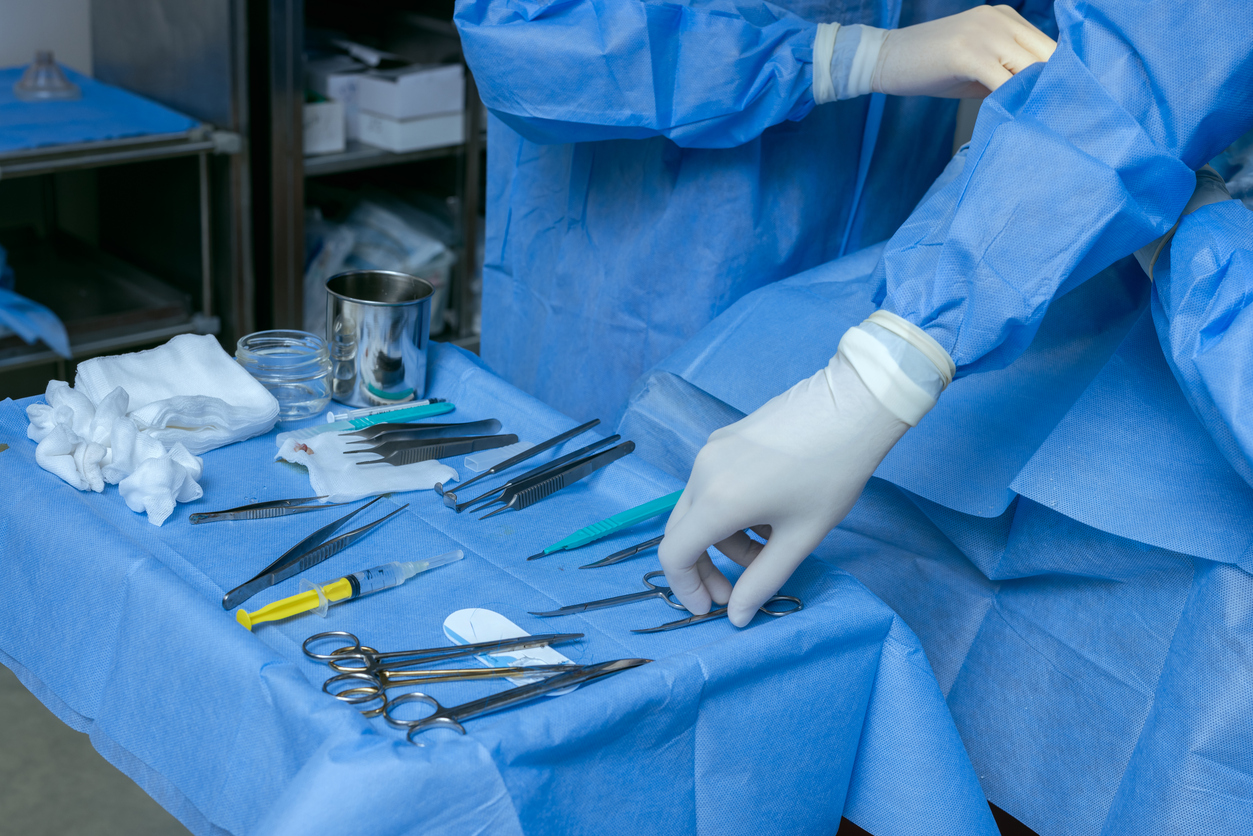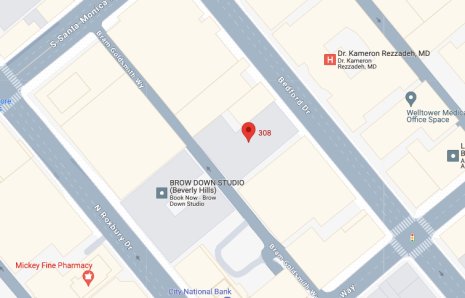Pilonidal and diabetes, are two different wings that have no connection, but, when found together, start a big-time fight. However, disaster can, unfortunately, become part of reality when these two situations come together in one occurrence. Moreover, being in charge of such a multidimensional situation becomes like a journey through a labyrinth with no exit. Nevertheless, close cooperation with knowledge, attentiveness, and a holistic approach to healthcare, contribute to an effective treatment of these conditions and the development of a rewarding life. Let’s study the difficult problems of pilonidal cysts and diabetes at the same time. Here, we will introduce tactics for bearing co-diagnosis of these two diseases and how pilonidal cyst surgery is life-saving for patients.
Understanding the Realities of Pilonidal Disease and Diabetes
Pilonidal disease is a condition where you will find cysts or abscess formation in the region of the coccyx (tailbone area). This is mainly a result of ingrown hairs that start with inflammation. The other symptoms can range from minor uneasiness to intense pain and infection, which you can treat only by performing a surgical excision and draining.
However, diabetes is a metabolic disorder with a characteristic abnormal elevation of blood sugar levels attributed to either inadequate insulin production or impairment in its function. Without management, diabetes can cause a wide range of difficulties that manifest as nerve damage, poor circulation, and slow healing of wounds.
Pilonidal disease and diabetes, when present together, carry high-risk factors. Furthermore, it is important to know that diabetes can enhance the symptoms and complications when occurring together with pilonidal disease, and pilonidal disease itself can be problematic for diabetes care. The task is really complex and demands comprehensive, concerted action.
Discuss the Strategies for Dual Management – Pilonidal Cyst Surgery & Diabetes
When you have high blood sugar and a pilonidal cyst, it’s important that you keep both things on track so that you can plan well for the pilonidal cyst surgery without any issues. In addition, you have to follow these tips for dual management.
1. Prioritize Blood Sugar Control
Minimizing blood sugar levels within a range designated as targets is the key to controlling diabetes. Monitoring closely, medication adherence, a healthy diet, and regular exercise are the aspects of diabetes management that must be in place. Low blood sugar is the main risk factor for diabetes and pilonidal disease. However, through proper management, diabetes, and pilonidal disease can be prevented.
2. Practice Good Hygiene
Correct hygiene is the basic requirement for preventing pilonidal cysts from getting infected. It is more important for diabetic people, who have a higher chance of getting infected. For instance, this involves a daily routine of cleansing the affected area with gentle soap and water and ensuring there is no moisture around. Staying away from extended sitting and the effect of pressure on a coccyx also assists in the prevention of cyst formation.
3. Give first aid to the wound in time.
It becomes vital to handle any ulcers and infections that could be a complication of pilonidal disease affecting people with diabetes because this skin condition results in delayed wound healing. This can include seeing a doctor for removal or surgical treatment. Besides, strict observance of the post-operative care instructions is also necessary to allow for better healing and prevention of possible complications.
4. Manage Risk Factors
Both pilonidal disease and diabetes are associated with several common risk factors, such as obesity and sleep deprivation. These risk factors can be prevented instead of waiting for them to happen. Some of these are maintaining a healthy weight, engaging in regular physical activity, and avoiding prolonged sitting, among others, which reduce the risk of complications and improve overall health outcomes.
5. Work with Healthcare Providers
You often require a combined healthcare approach involving specialists from various practitioners to handle the multifactorial features of pilonidal disease and diabetes. For this diagnosis, you need a team of practitioners, like primary care physicians, endocrinologists, dermatologists, and surgeons. This is important because you have to share information and promote teamwork among healthcare providers. Only this will help you get a customized treatment plan with an individualized approach.
Should you proceed with pilonidal cyst surgery even if your blood sugar levels are too high for it?
If your blood sugar levels are too high, it is not safe to go for surgery. Your surgeon will make sure that you get the levels down by either taking medicines or insulin injections. The surgery is possible only when your sugar levels reach a safe level.
Wrap Up:
In saying this, we can conclude that it is not easy to overcome the dual problems of pilonidal cysts and diabetes, but a good colorectal surgeon with a gentle approach, an attentive attitude, and a well-structured surgery plan will be able to manage the disease well. You do not need to worry when you have a professional who will guide you through every bit of the process and inform you about the value of each step before the final treatment plan is made.
Frequently Asked Questions
Can diabetes be the reason behind Pilonidal Cyst infection?
No, diabetes cannot be the only reason behind your pilonidal cyst infection. It may increase the risk but not cause the infection.
How can I control my diabetes just before the pilonidal cyst surgery?
Your surgeon is in charge of your pilonidal cyst removal plan, so he will prescribe you the right medicine to lower your blood sugar level before the surgery.
What are the risks of pilonidal cyst surgery for a diabetic patient?
If the patient has diabetes, the chances of infection are high, and the recovery will take some extra time when compared to normal cases.
Pilonidal Expert: Complete Relief with the best Patient Treatment & Care
If you think that it is tough to get complete relief, the best treatment, and post-surgery care for a Pilonidal cyst, then you have not yet consulted Pilonidal Experts. Our experts offer super specialty care to each patient and extend our expertise with world-renowned colorectal surgeons and medical professionals. We use the top methods that have high success rates and let our patients enjoy complete relief after a long time.
Moreover, we are always there for consultation to clear up the doubts of our patients and let them know what the best treatment plan for their condition is.
Specialties
Recent Pilonidal Q&A
OFFICE HOURS
Monday – Friday
9:00 AM – 5:00 PM



